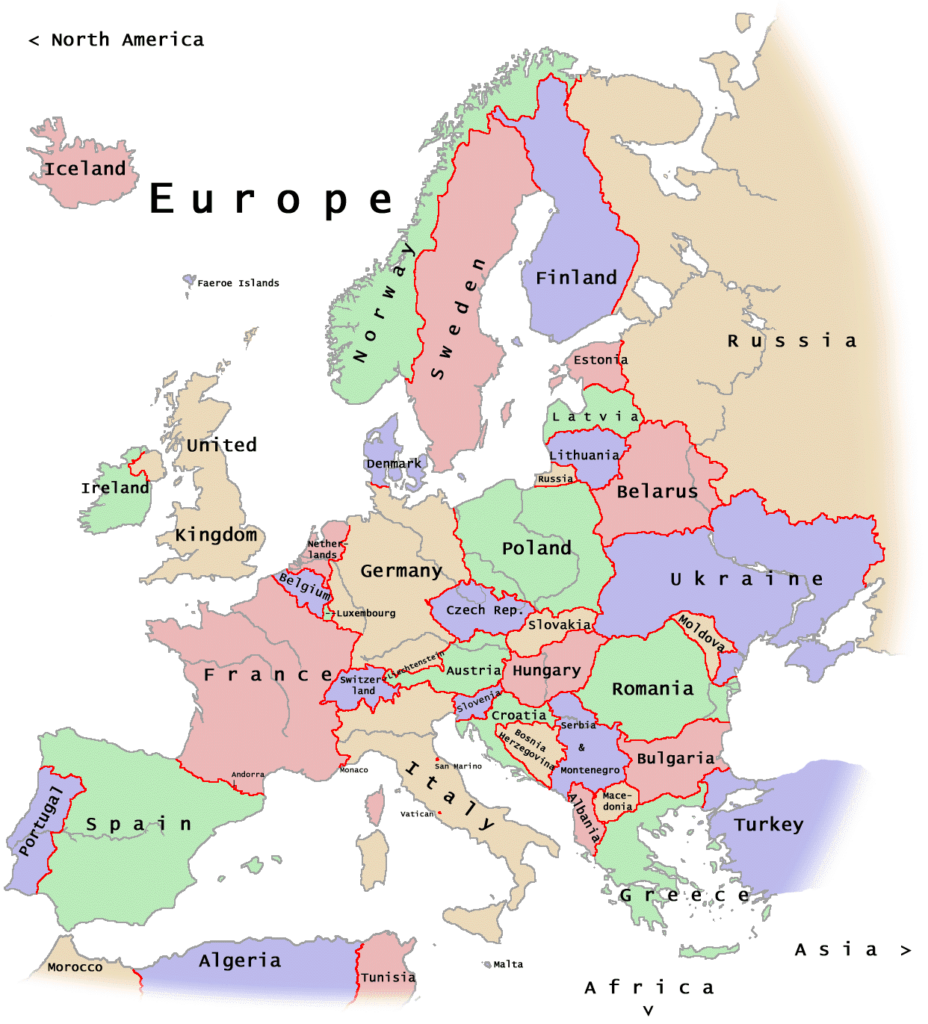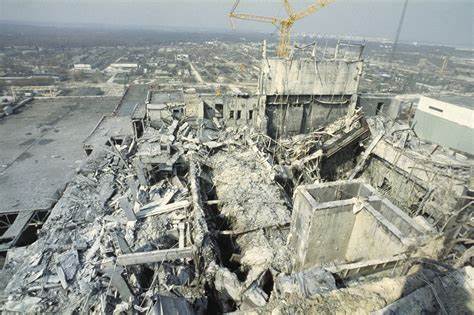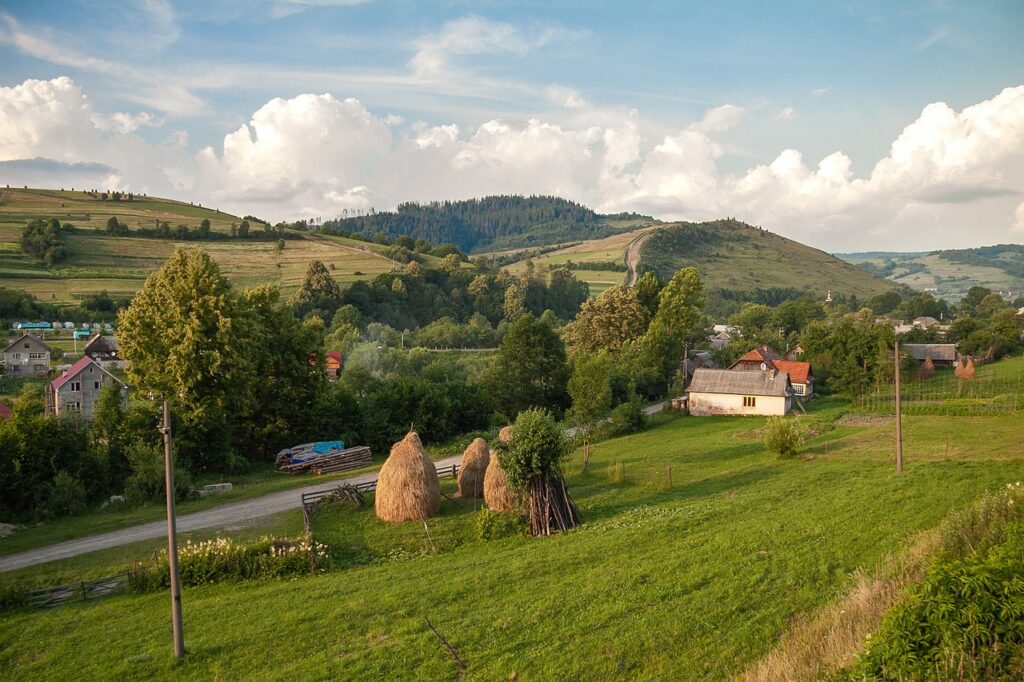Ukraine
Grades 5+
 The small city of Chernobyl, Ukraine, woke up to a nice spring morning that day, April 26th, 1986. It was a seemingly ordinary day like any other at the Chernobyl Nuclear Power Plant, before one of the reactors exploded. In a state of confusion, the people of Chernobyl did not know what had just happened, completely unaware of the danger lurking in the sky.
The small city of Chernobyl, Ukraine, woke up to a nice spring morning that day, April 26th, 1986. It was a seemingly ordinary day like any other at the Chernobyl Nuclear Power Plant, before one of the reactors exploded. In a state of confusion, the people of Chernobyl did not know what had just happened, completely unaware of the danger lurking in the sky.
The Chernobyl disaster began in the early morning hours with a test on reactor number four. The test was conducted to see how long the turbines would keep spinning in the event of an electrical power outage. During the test, a power surge occurred, leading to a sudden power increase in the reactor that resulted in an explosion that blew off the reactor’s 1,000-ton lid, releasing a massive amount of radioactive material that spread across Europe.
The Chernobyl disaster led to the evacuation of hundreds of thousands of people from the surrounding area. Hundreds of thousands more were affected by the radiation released from the nuclear plant. The Ukrainians established a 20-mile exclusion zone. The surrounding area has been largely uninhabited ever since. The nuclear fallout from Chernobyl has had far-reaching consequences. A large number of people suffer from radiation-related illnesses and birth defects to this day.
 The Chernobyl disaster serves as a reminder of the potential dangers posed by nuclear power. The most catastrophic nuclear disaster in human history, the explosion released more than 400 times more radiation than the atomic bombings of Hiroshima. Now, 35 years later, scientists estimate that the zone around the former power plant won’t be habitable for at least 3,000 years. It could take up to 20,000 years for radiation to completely dissipate.
The Chernobyl disaster serves as a reminder of the potential dangers posed by nuclear power. The most catastrophic nuclear disaster in human history, the explosion released more than 400 times more radiation than the atomic bombings of Hiroshima. Now, 35 years later, scientists estimate that the zone around the former power plant won’t be habitable for at least 3,000 years. It could take up to 20,000 years for radiation to completely dissipate.
Back then, Ukraine was part of the former Soviet Union. Despite the severity of the disaster, the people of Ukraine were able to persevere and rebuild their lives. In 1991, five years after the disaster and still dealing with the aftereffects, Ukraine declared its independence.
The newly independent Ukraine faced many challenges, including economic hardship, political instability, and a weakened infrastructure. Despite those challenges, Ukraine has made great strides in the years since.
 Ukraine has long been known as the “breadbasket of Europe,” and for good reason. Thanks to its fertile soils, flat terrain and a long growing season, Ukraine is well-suited for grain production. It produces wheat, corn, barley, oats, and rye. Half of the world production of sunflower seeds, used to produce oil and biodiesel, comes from Ukraine.
Ukraine has long been known as the “breadbasket of Europe,” and for good reason. Thanks to its fertile soils, flat terrain and a long growing season, Ukraine is well-suited for grain production. It produces wheat, corn, barley, oats, and rye. Half of the world production of sunflower seeds, used to produce oil and biodiesel, comes from Ukraine.
Ukraine Activity 1
Identify the parts of speech for each word in the following sentences.
- The small city of Chernobyl, Ukraine, woke up to a nice spring morning that day.
- In 1991, five years after the disaster and still dealing with the aftereffects, Ukraine declared its independence.
- Ukraine has long been known as the “breadbasket of Europe,” and for good reason.